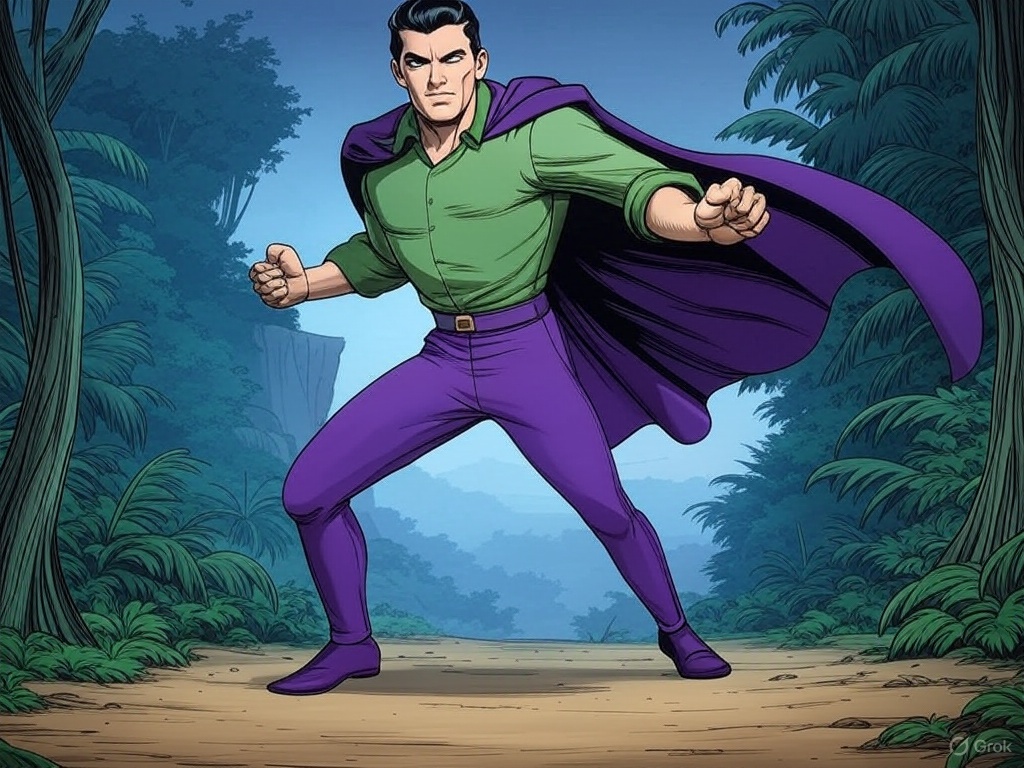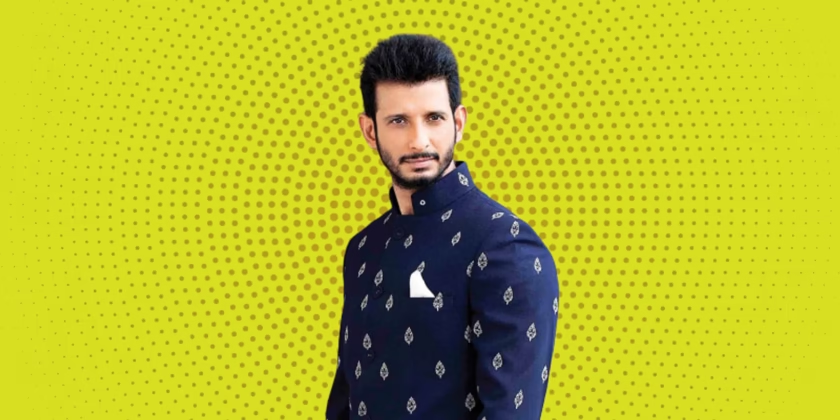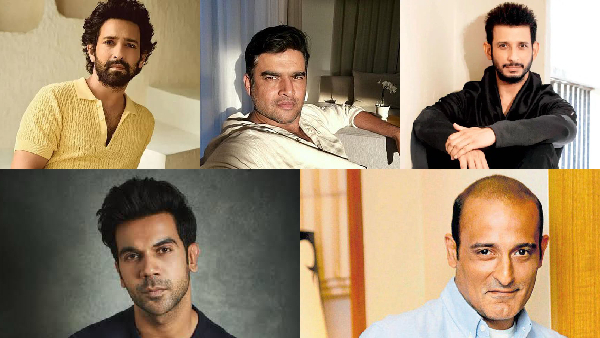The Phantom: A Legend Born Before Superheroes
New York: Before Superman soared into the skies and before Batman prowled Gotham’s alleys, The Phantom had already established the blueprint for masked crimefighters. Created by Lee Falk in 1936, The Phantom was the world’s first costumed superhero, predating DC and Marvel’s most iconic figures. Over the decades, he has built a cult following across continents, particularly in India, Australia, and parts of Europe, where his legend refuses to fade.
A Superhero Without Superpowers
Unlike most superheroes who depend on extraterrestrial abilities or high-tech gadgets, The Phantom’s power lies in his myth. He is believed to be an immortal guardian—a “Ghost Who Walks”, a figure of fear for criminals. However, the truth is that The Phantom is not a singular entity but a legacy, passed down from father to son for over 21 generations. This illusion of immortality is central to his mystique and why his legend remains powerful.
Dressed in his signature purple bodysuit and black domino mask, he operates from the Deep Woods of Bengalla, a fictional jungle kingdom. His Skull Cave serves as his sanctuary, holding centuries of Phantom history and artifacts.
The Phantom’s Iconic Marks
One of The Phantom’s defining features is his ability to leave behind unmistakable marks:
- The Skull Mark – A permanent brand left on the faces of criminals through a punch bearing his skull-shaped signet ring.
- The Good Mark – A symbol granted to allies, signifying protection by The Phantom.
- The Oath of the Skull – A solemn vow taken by each new Phantom to dedicate their life to justice.
These marks serve as tangible proof of his presence and reinforce his mythic status.
The Phantom’s Indian Connection
India has been one of The Phantom’s strongest markets. Indrajal Comics, launched in 1964, introduced Indian readers to The Phantom, and he quickly became a household name. The comics were available in multiple languages, including Hindi, Bengali, and Tamil, ensuring his reach across the subcontinent.
Why did India embrace The Phantom so deeply?
- The Mythological Element: The Phantom’s legend of an eternal protector mirrors many Indian mythological figures.
- Jungle Setting: India’s deep cultural connection with forests and wildlife made Bengalla feel familiar.
- Moral Values: The Phantom’s unwavering sense of justice resonated with traditional Indian ideals.
For decades, Indian children grew up reading Phantom comics, collecting memorabilia, and even staging amateur re-enactments. Though Indrajal Comics ceased publication in 1990, his fandom persists in reprints and digital archives.

The Phantom’s Global Appeal
Beyond India, The Phantom has a dedicated following in Australia, Sweden, Norway, and Finland. Frew Publications in Australia has published The Phantom continuously since 1948, making it the longest-running Phantom comic publisher in the world.
In Sweden, The Phantom is known as Fantomen, and the Swedish editions often feature original stories that are later published internationally. In Norway and Finland, he is among the most popular comic book characters, outselling many modern superhero comics.
The Phantom’s Influence on Modern Superheroes
Many elements of The Phantom directly influenced later superheroes:
- Batman – Like The Phantom, Batman relies on fear, a secret identity, and a hidden cave. Even his oath to fight crime echoes The Phantom’s Skull Oath.
- Black Panther – The Wakandan King T’Challa shares many similarities with The Phantom: both are masked jungle warriors and rulers protecting their people.
- The Shadow & The Spirit – The pulp heroes of the 1930s and ‘40s borrowed from The Phantom’s noir aesthetic and crime-fighting persona.
The Phantom in Modern Pop Culture
While the 1996 movie starring Billy Zane was a commercial failure, The Phantom continues to thrive in:
- Comic reprints and digital releases.
- Merchandise, including action figures and clothing.
- Dedicated fan conventions and online forums.
Despite superheroes evolving over time, The Phantom remains a symbol of timeless heroism, proving that a man with a mission can be just as compelling as a god with superpowers.
Why The Phantom’s Cult Will Never Die
- A Living Legacy – The Phantom’s concept of passing the torch ensures he remains eternal.
- Cultural Relevance – His themes of justice, mythology, and legacy continue to resonate.
- Dedicated Fandom – From India to Sweden, The Phantom has one of the most loyal fan bases in comic book history.
Though he may not have the commercial juggernaut status of Batman or Spider-Man, The Phantom remains a cult icon, an eternal guardian, and the original superhero whose legend refuses to fade.





